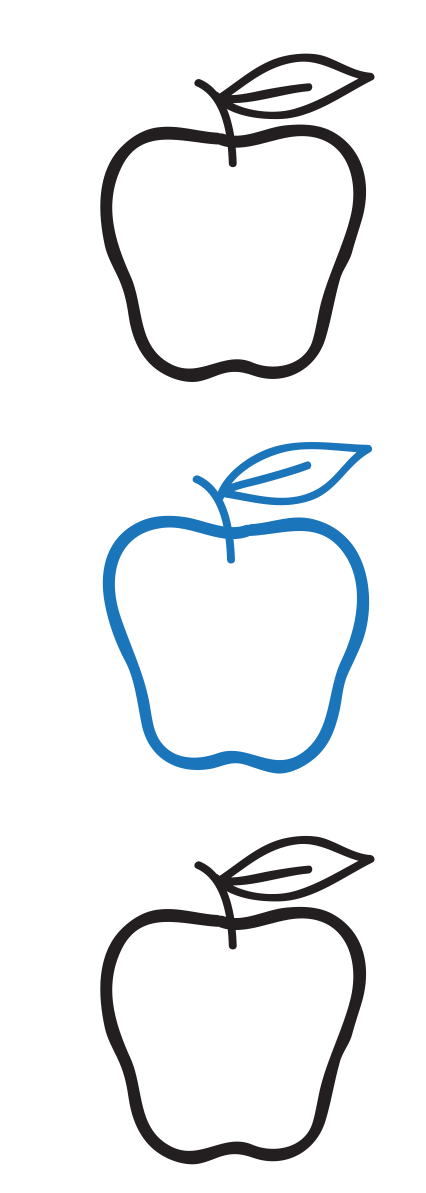A common misconception is that the potato is a root vegetable, but in fact it is a stem vegetable (1) (e.g. brussels sprouts, cabbage, celery, lettuce, rhubarb, and spinach). Starch is a major component of the potato, and different potatoes have different levels of starch (2). A table describing the relative starch levels, examples, and what each is best for can be found below. There are many ways to make potatoes: fries, gratin, hash browns, baked, and, of course, mashed.
Low Starch Amount
Red potatoes; they retain their shape better, even when boiled, and they are great for salads and stews (1)
Medium Starch Amount
Yukon Golds and Yellow Finns ; they are a good ‘all-purpose’ potato, and they are great for making fluffy mashed potatoes (1)
High Starch Amount
Russet potatoes; they have a dry, fluffy texture and they are great for making creamy mashed potatoes & french fries with a flaky interior (!)
References:
1.”The Science of Cooking Potatoes” retrieved from finecooking.com on Jul 22, 2021.
2. “How to make the perfect mashed potatoes, according to science” retrieved from qz.com on Jul 22, 2021.




